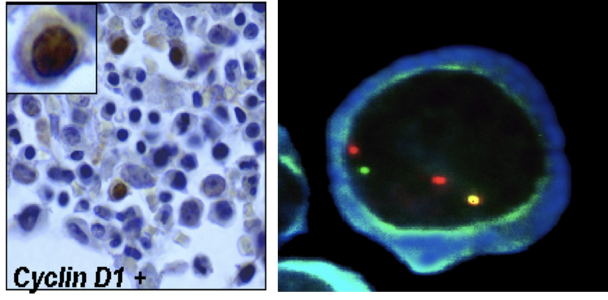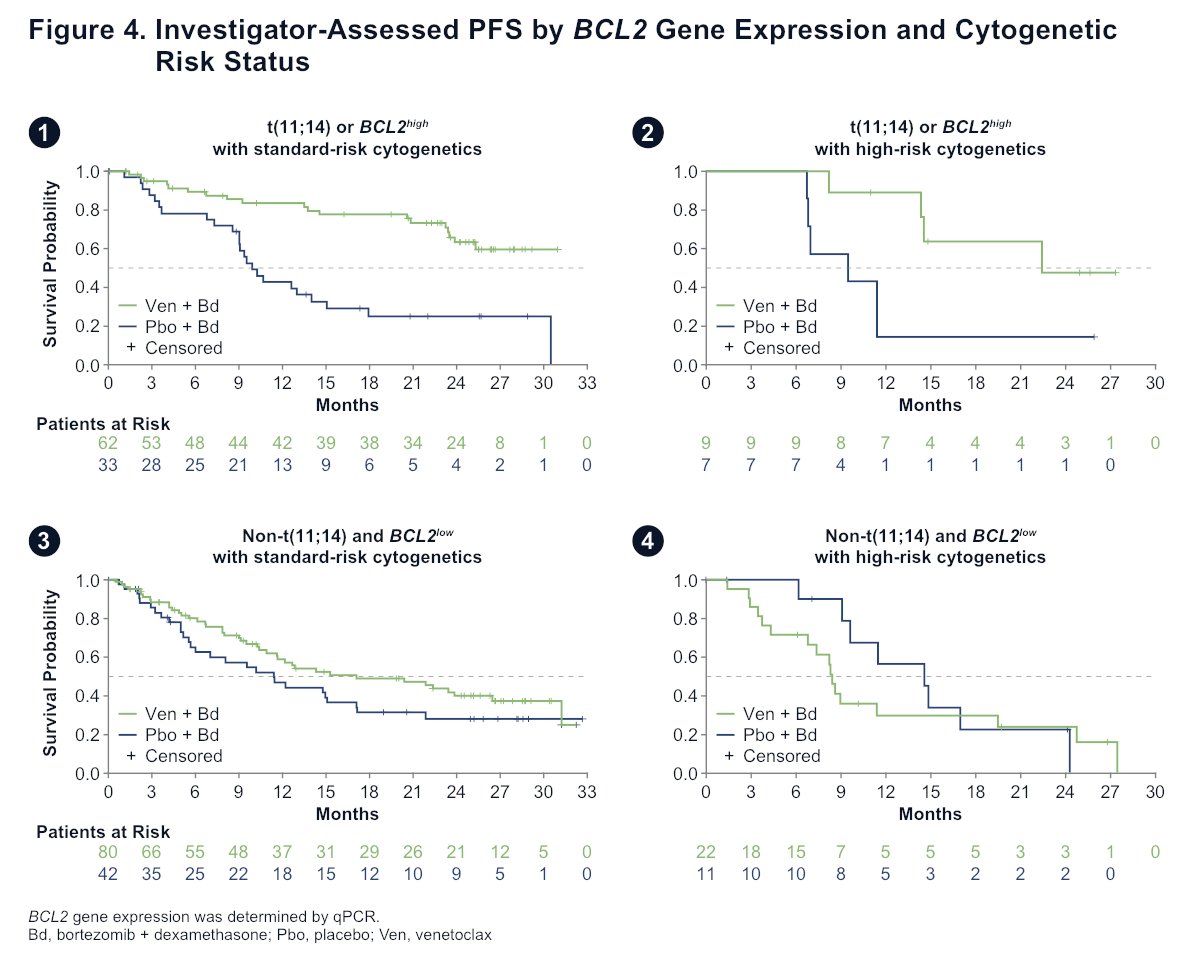onlinelibrary.wiley.com/doi/full/10.10…
ncbi.nlm.nih.gov/pubmed/10459351
2/x
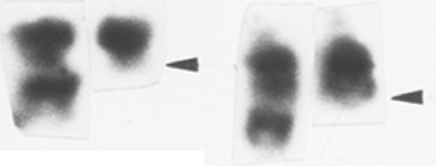
@MorieGertz
3/x
KEY POINT: Most of the trials where it was tested had a backbone of alkylators and not any novel agents.
ncbi.nlm.nih.gov/pubmed/12576322
4/x
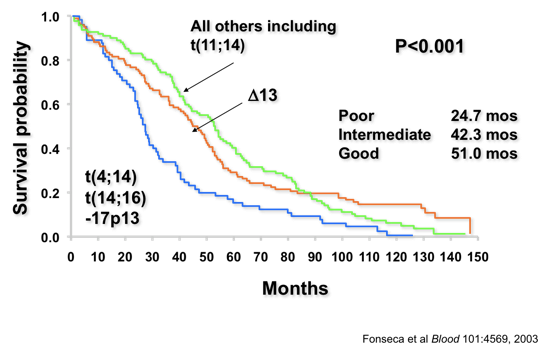
pnas.org/content/93/24/…
6/x
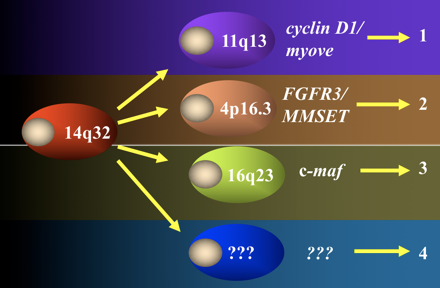
ashpublications.org/blood/article-…
ncbi.nlm.nih.gov/pubmed/12393502
7/x
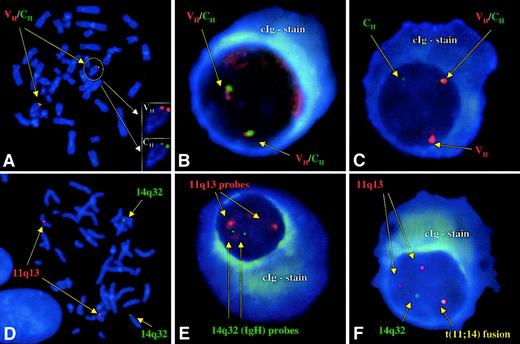
ncbi.nlm.nih.gov/pubmed/18216867
8/x
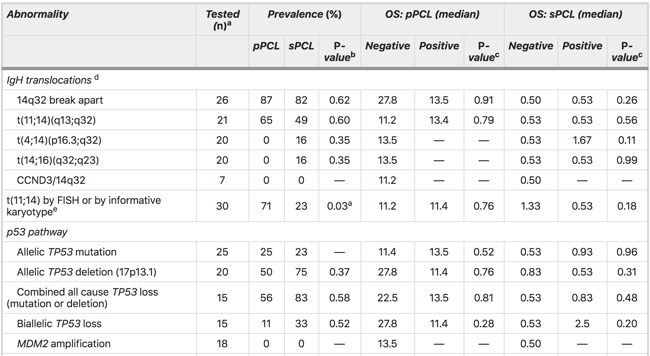
ncbi.nlm.nih.gov/pubmed/16155016
9/x
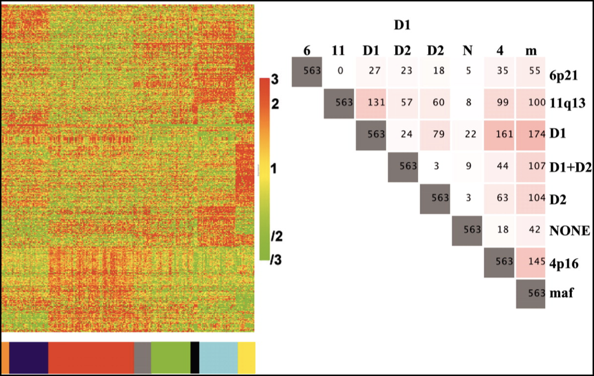
ncbi.nlm.nih.gov/pubmed/28655925
10/x
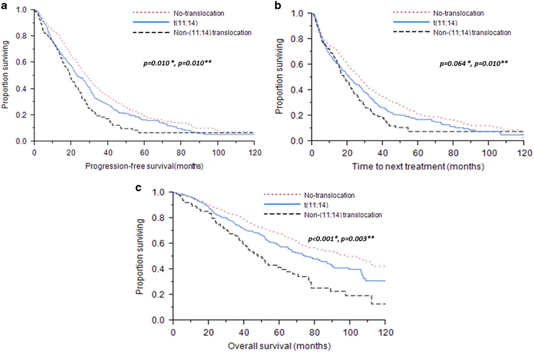
ashpublications.org/blood/article-…
11/x
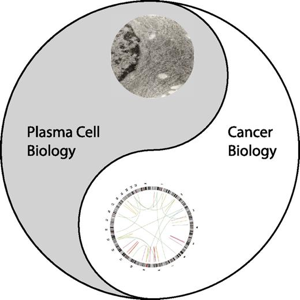
ncbi.nlm.nih.gov/pmc/articles/P…
12/x
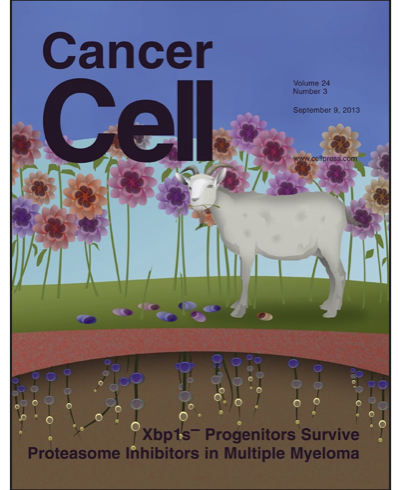
ncbi.nlm.nih.gov/pubmed/27294876
ashpublications.org/blood/article/…
13/x
ncbi.nlm.nih.gov/pubmed/27294876
14/x
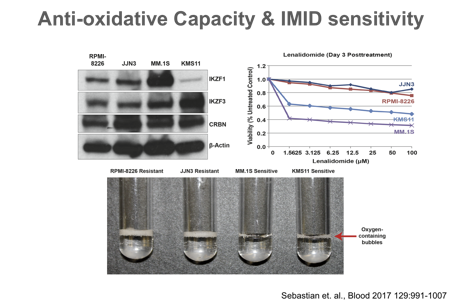
nature.com/articles/24030…
15/x
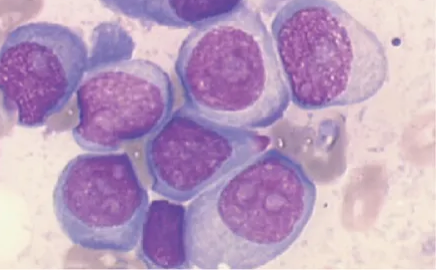
16/x
ncbi.nlm.nih.gov/pubmed/29018077
17/x

18/x
fda.gov/drugs/drug-saf…
19/x
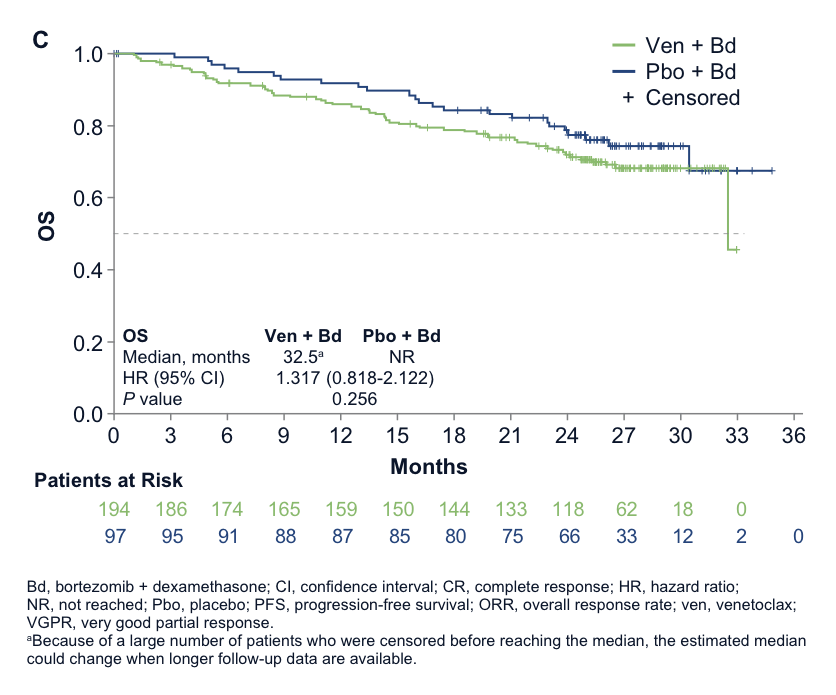
21/x
First, IMHO SCT should not be delayed in pts with t(11;14). The benefit was presented at ASH. Another study conducted by the IMWG suggests patients can do well if properly treated.
22/x
23/x
24/x
25/x
26/x
27/x
28/x
#t1114

